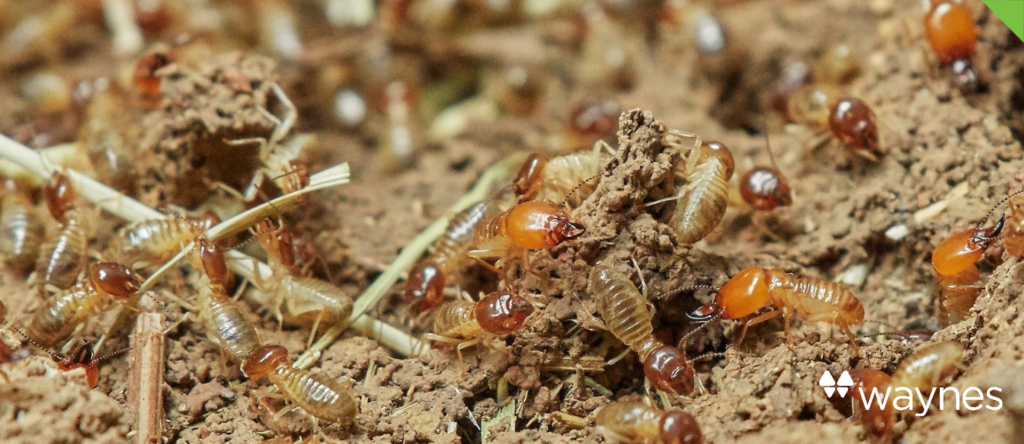For many of us in the south, cooler weather is a relief. There’s a chill in the air, the leaves are changing colors, and you don’t have to spend your Saturdays mowing your grass.
Watching your lawn turn brown during the winter is inevitable, but it’s not a bad thing. Your yard is essentially “sleeping” during the cold season when warm-season grasses like Bermuda and Zoysia cannot thrive. It is a normal and natural process for grass to stop growing to conserve nutrients, losing the beautiful green color you worked so hard to get.
But isn’t dead grass also brown? If your grass is more than dormant by chance, you don’t want to wait around until spring to learn you need to re-sod.
Need help with aerating and fertilizing your lawn before the cold front comes in? Contact us today!
How to Tell the Difference between Dead and Dormant Grass
For warm-weather grasses, the first thing to notice is when cooler temperatures arrive. Consistent temperatures below 65 degrees Fahrenheit signal to your lawn that it’s time to prepare for winter. Your grass will have less sunlight for nourishment, so it won’t be able to support its leaves. This means a brown lawn for a couple of months. But your yard is still very much alive.
Another indication of dormant grass is the uniformity of the brown color. Dormant grass tends to go brown at the same time. Your lawn looking as evenly brown as it did green is an excellent sign that your grass is still alive.
One way to check is by doing the “Tug Test.” For this, you go to an area of your yard that concerns you. Grab a handful of grass and pull it. If it comes up with some resistance, your grass is still alive.
Unfortunately, dead grass looks similar to dormant grass, so it can be hard to tell the difference. If your lawn is patchy or has brown spots in various areas, this could signal dead grass. Before accepting defeat, the first thing to check is your irrigation system. Just one section of grass can turn brown if it’s not adequately watered with the rest of your lawn. If you have pets prone to do their business in the same areas of your yard, this can also contribute to rough patches.
You may also want to check the grass for signs of pests, as some of the infamous fall invaders may be lingering.
Dormant Lawn Maintenance
Dormant grass does not need much care. Fertilizer or too much water can cause more harm than good. Fertilizers can burn the roots because of their chemical make-up, and too much water can stay in the soil and freeze. Both will result in a dead lawn come spring.
You should limit traffic on your lawn and prepare it for winter. Limiting lawn activities will keep the roots healthy. Removing fallen leaves will make sure the roots get as much sunlight as possible. You can prepare your lawn by fertilizing and mowing one last time during the fall. These steps will go a long way to making your lawn return as good as new in the spring.
Barefoot Good Lawns, All Year Round
Waynes provides year-round lawn care service for Barefoot Good lawns no matter the season. Our fertilizers are custom blended for the best results for your yard. For more about our Envirolawn Services, visit our lawn care page, or contact us for a free consultation!









